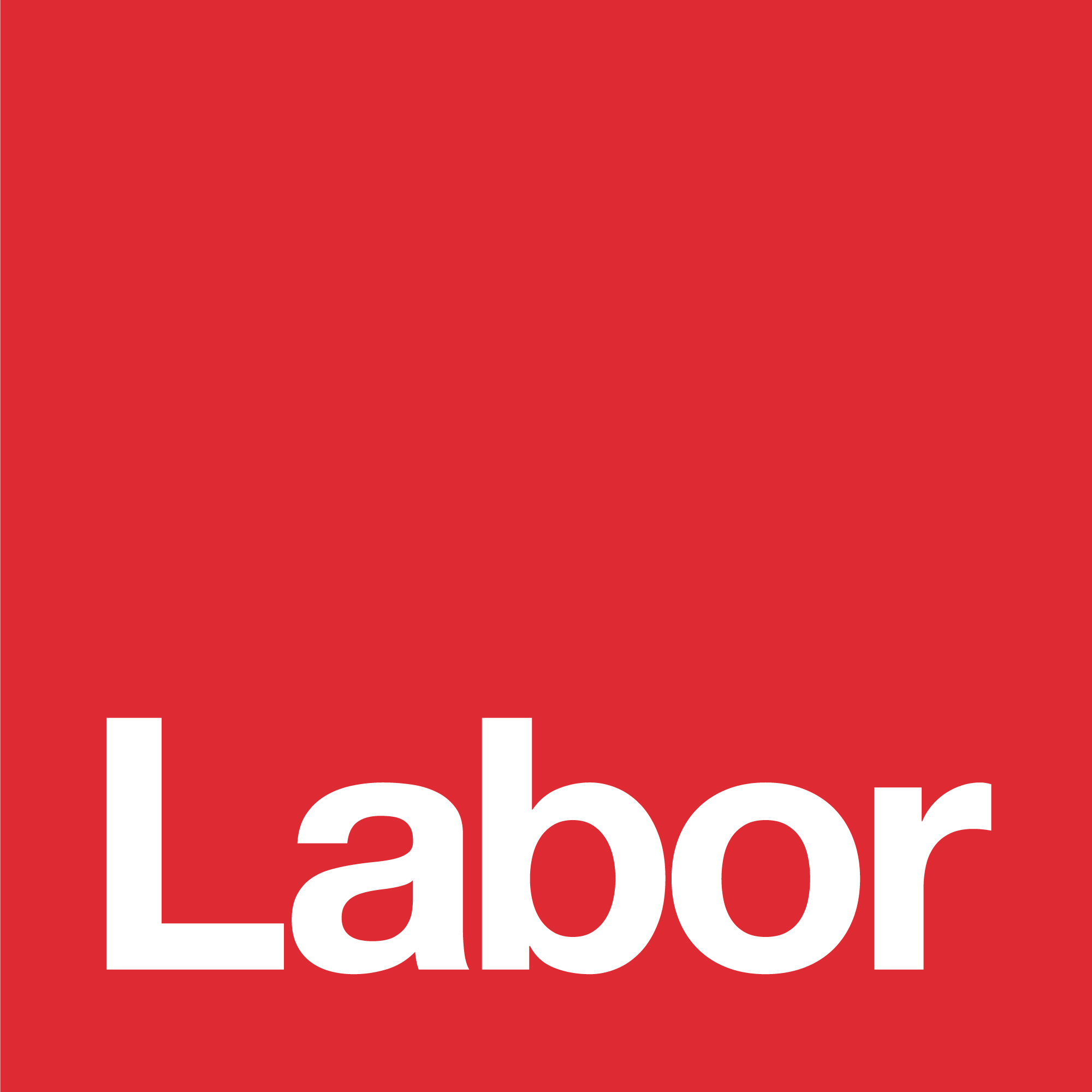We meet just a few days before the first anniversary of the Christchurch massacre.
I’d to acknowledge the 51 murdered men, women and children.
This obscenity was committed by an Australian, whose hate was shaped and fortified online.
And an Australian whose ideas and rhetoric he was increasingly seeing normalised in mainstream media.
One year later, we owe those 51 men, women and children — as well as the haunted survivors — our commitment to properly understand the context of this act of terrorism, before pledging to prevent it being repeated.
“In this age of the controlled mass media, the enemies of freedom thought they had secured every last vestige of expression available to white revolutionaries. Until the emergence of the computer network known as the internet they had... If you have a computer, or plan on acquiring one soon, be sure to blast into cyberspace, perhaps the greatest opportunity that has ever presented itself to the White Resistance.”
Tony McAleer wrote this in 1995.
Before 25 megabits-per-second internet speeds.
Before YouTube and Facebook.
Before 4Chan and Pepe the Frog.
Before the US President was compulsively retweeting extremists.
But it’s worth noting that far-right groups have long been early adopters of technology — and they’ve long despised the mainstream press and sought ways to communicate without it.
In the 1980s and ‘90s, neo-Nazi groups used faxes, pirate radio, and early Internet forums. In 1994, Tony established the Canadian Liberty Net — a telephone answering service that helped racists find local chapters of extremist groups.
It’s no different today — but the speed and ease of online radicalisation is now disturbing.
We have also become more balkanised, more tribal — no surprise when we daily experience micro-targeted ads, curated news feeds on Facebook and a new media business model that increasingly serves political niches.
Then there’s YouTube’s auto-play feature, which generates endless streams of “similar” content. A young man, vulnerable to radicalisation, can passively absorb hours of extremist propaganda.
Algorithms learn preferences, which means the newly forming ideological bubble is reinforced.
But technology isn’t the sole cause here.
Tony’s excellent book reminds us of the universal qualities of radicalised men — and it is almost always men.
From former members of the IRA to the Crips and the Bloods, Tony has seen how violently fertile anxiety, insecurity and a need for social belonging can be.
Of his own recruitment by neo-Nazis, Tony writes: “I received acceptance when I had felt unlovable, attention when I had felt invisible, and power when I had felt totally weak.”
One year after Christchurch, we also live in a time of collapsing faith in democracy, and surely the appeal of extremist propaganda increases when trust in democratic institutions declines.
Surely the appeal of extremist propaganda increases when politics fails to address income inequality, wage growth, job security and climate change.
These are big issues fuelling what the head of ASIO only recently told us was a rise of far-right extremism.
I’ve read and admired Tony’s book, and its insistence on the power of radical compassion in the de-radicalisation of young men.
To be honest, once I finished Tony’s story of pain, violence and reformation, I felt like giving him a big hug.
“Empathy + Action = Compassion,” Tony writes. “Radical compassion goes a step further and takes us outside of our comfort zone: having compassion for people we don’t like, being willing to take a risk or experience some discomfort, or finally, wanting to go even further and engage in social change through our compassion, to change the environment that is the source of the suffering we witness in the world.”
I’d like to add, though, that much of what we’ve come to know until now about far-right extremists has been through the work of some journalists, the non-violent resistance group White Rose Society, and the independent blogger Slackbastard.
They have been monitoring these groups — and warning us about them — for years.
It’s time we did our bit, which is why I’m pleased to be opening these discussions.
LEARNING ABOUT HATE: CREATING A CONNECTED COMMUNITY
12 March 2020


